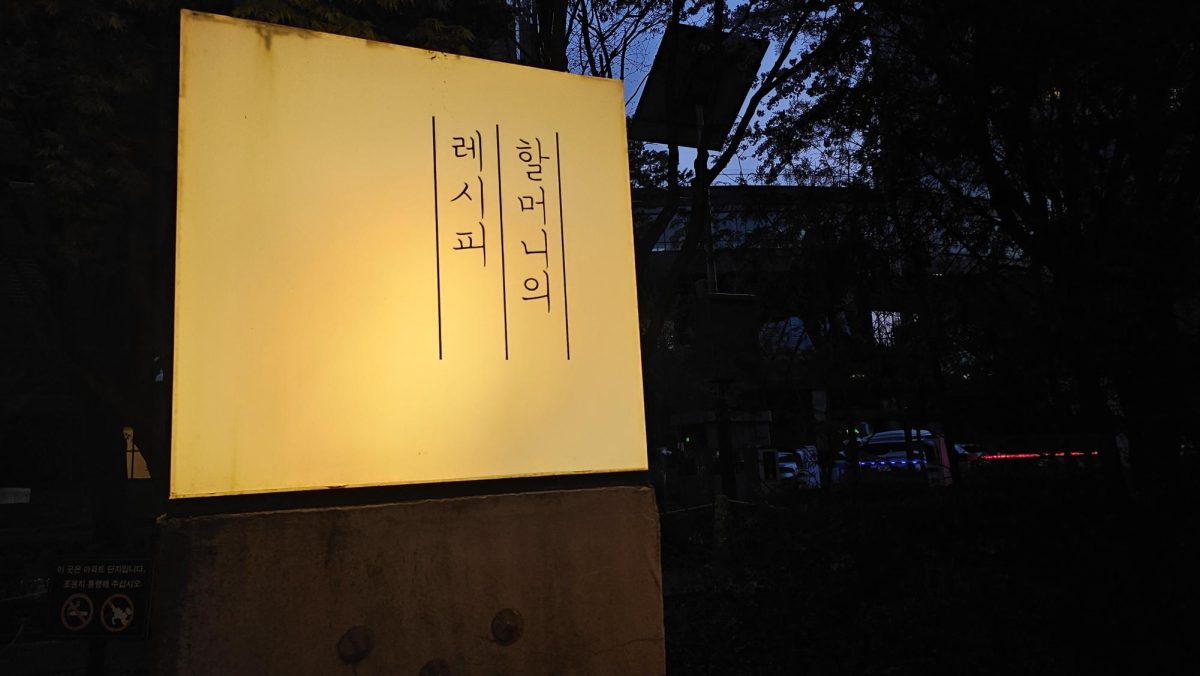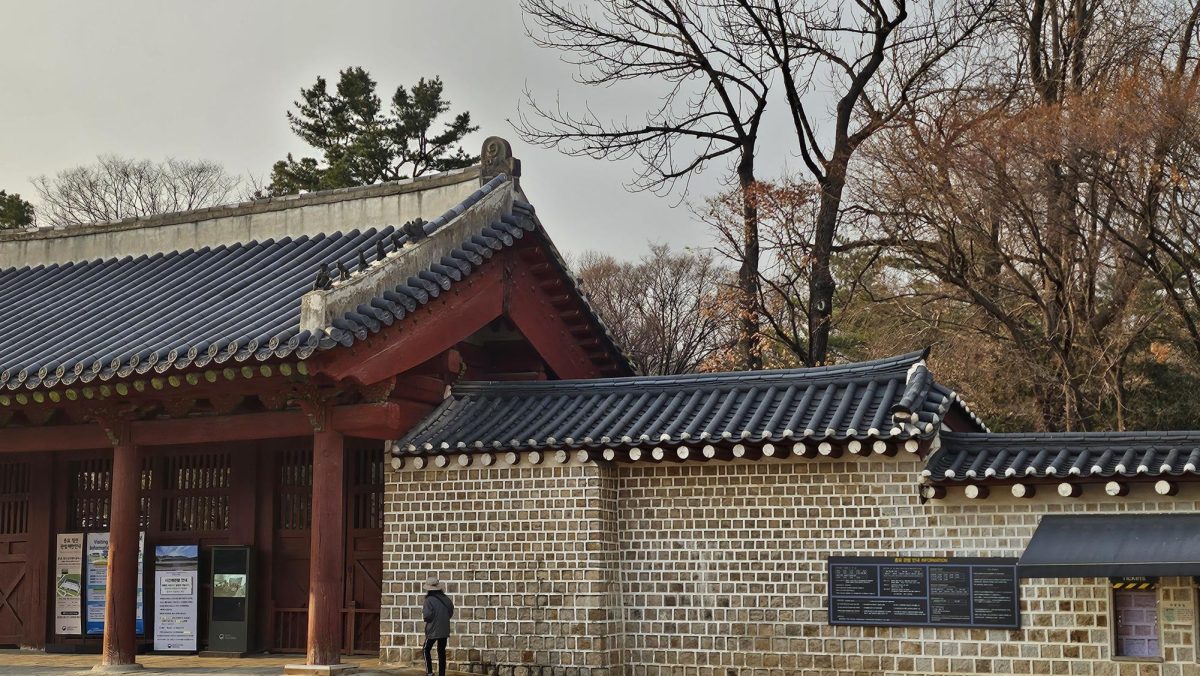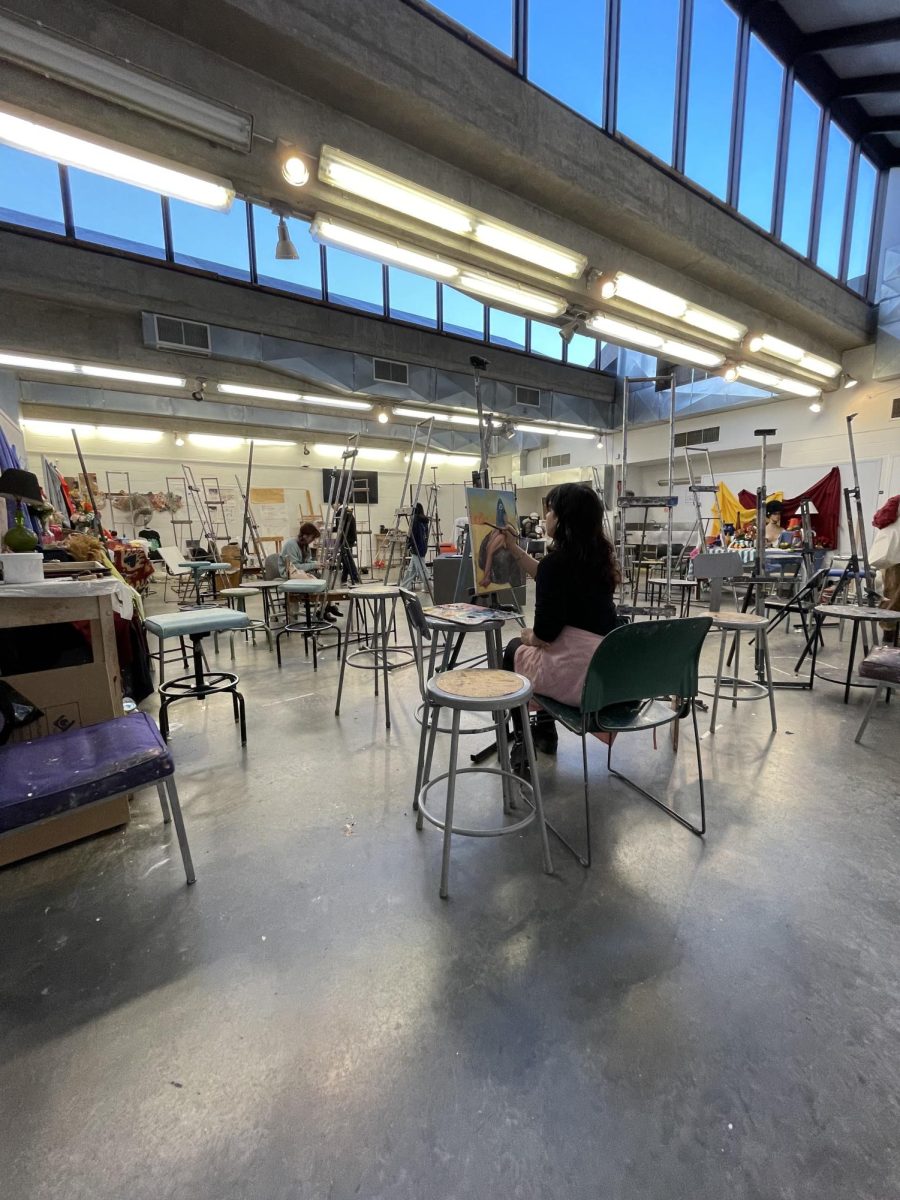
In October 2019, Stony Brook University associate history Professor Eric Zolov and his family found themselves amid civil unrest in Santiago, Chile.
In a series of letters shared with The Statesman when the turmoil began, Zolov recalls witnessing looting and seeing subway stations and buses that were set aflame by frustrated Chilean civilians.
Refusing to let the Chilean government ignore the democratic freedoms that had been returned to the country in 1990 after a 17-year-old military dictatorship, the people of Chile went to extremes to make their voices heard.
Chilean President Sebastián Piñera called for a state of emergency in the city of Santiago, where military tanks and personnel monitored the streets quickly after the destruction began. Piñera suspended the four percent subway fare hike, which triggered the unrest two days after its issue. Even then, civilians continued to protest “against the rising cost of living, miserable pensions, relatively low wages, deficient health and education systems and costly and inefficient public utilities.”
While the violence and havoc were devastating, something beautiful came out of the protests — estallido artístico.
During the opening of the “¡Chile! Despertó” exhibition in the Latin American and Caribbean Studies Center this past September, curated by Zolov and his wife, Terri Gordon-Zolov, an associate professor of comparative literature at The New School, the term “estallido artístico” was translated to mean “artistic explosion.”
Gordon-Zolov said the art they saw in the streets of Santiago was, “at first, mostly just graffiti — in particular, iterations of the omnipresent phrase, ‘evade,’ the rallying cry of the students who dodged the metro fare. But in short order, the walls and other architectural surfaces were quickly transformed into the political billboards of a grassroots social movement with much to say.”
The exhibition features pieces from the pair’s forthcoming book, “The Walls of Santiago: Social Revolution and Political Aesthetics in Contemporary Chile.”
“We didn’t know what was happening,” Zolov said. “I started to venture out, and we saw what was happening, and it was just fascinating. We started taking pictures of the walls and this became a whole project. We didn’t think of it as a book at the time, we were just documenting it. There was something just beautiful about the graphics and fascinating about what was happening politically, because it was just so unclear.”
The couple went on to publish an article with The Nation, highlighting the vibrant graphics that reflected the pain felt by Chileans from the walls of buildings in Santiago. When the pair returned to the United States in January 2020, they knew that the images they had seen firsthand were worth sharing with a wider audience.
“We realized it was going to be ephemeral … All these amazing protest graphics were going to be gone. This actually was affecting change, and that, to us, was really interesting because we can kind of make an argument about the strategic value of political art,” Zolov said.
Each of the art pieces in the “¡Chile! Despertó” exhibitions fall into one of seven categories: neoliberalism, anarchism, indigenous struggles, feminism, the ethos of the 1960s in contemporary protests, violence in the state and the use of humor to address the protests.
The exhibition by the duo gives viewers a close look at the “expressive creativity and range of social demands that channeled historical grievances” through a “wide spectrum of artistic responses,” as described by Gordon-Zolov.
Made with various mediums, including stencil art and silkscreen posters, the beautiful pieces convey several messages to the government and the people of Chile. Despite their individual uniqueness, the pieces all reflect the tenacity of the Chilean people and give a look into what we might see if the people’s demands are met to develop a new Chile.
“One thing is clear,” Zolov said. “The estallido social–with its rich arsenal of artistic iconography–has altered the course of Chilean history.”













